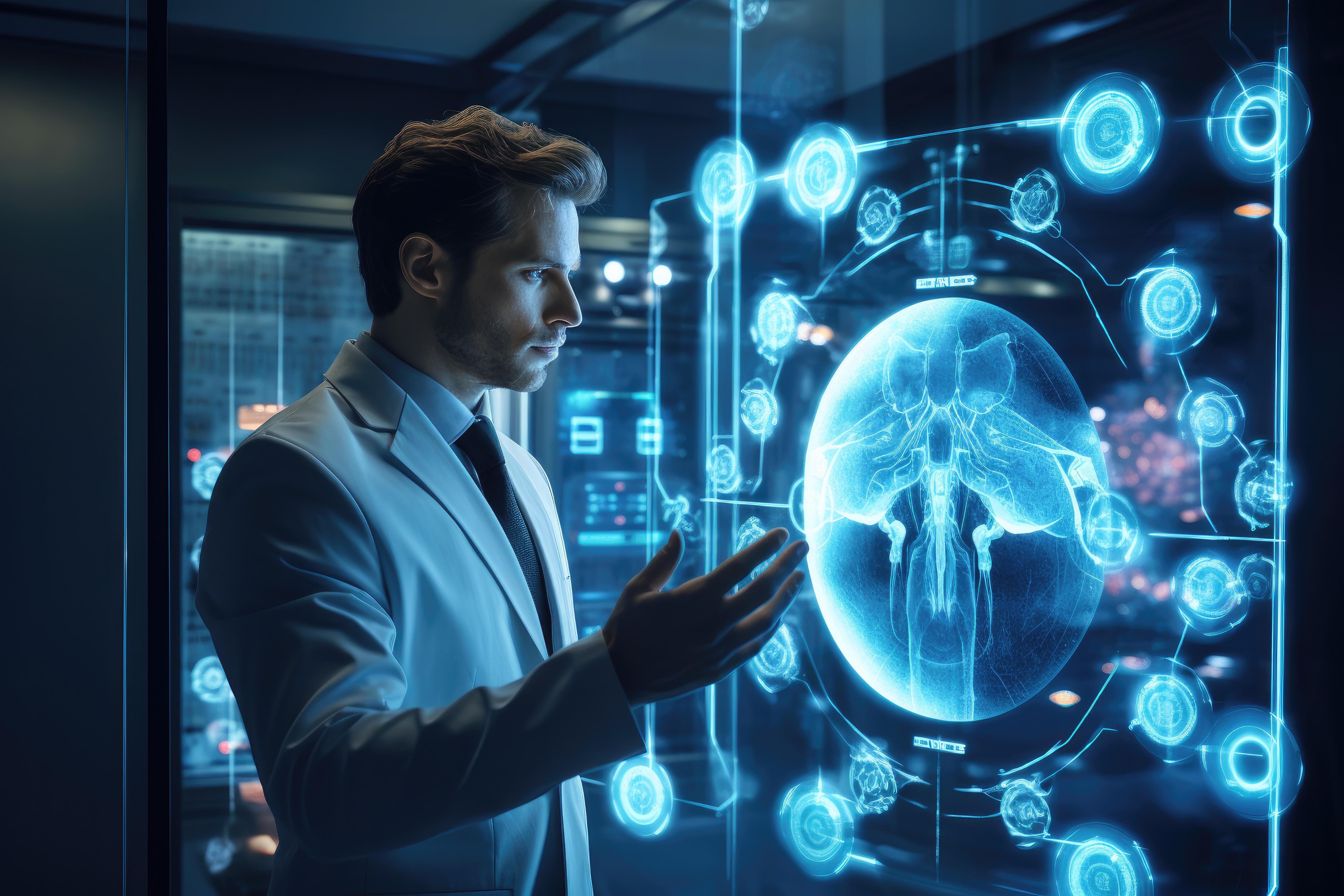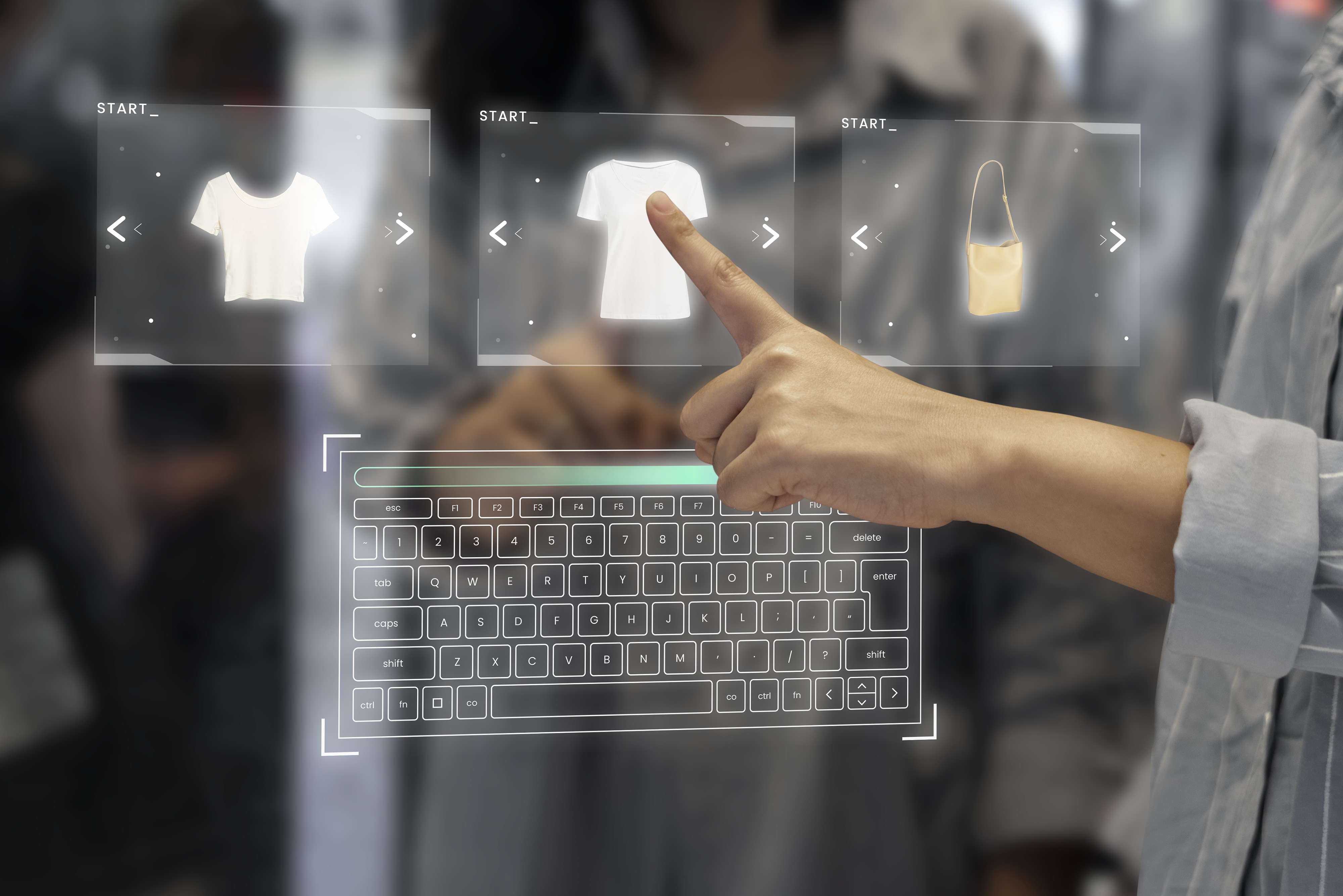Overview
There have been promises made by a range of nations to shift to a net zero-emission economy. This is in response to climate research demonstrating that carbon emissions must stop climate change, which is insufficient to minimize them. ‘Net zero’ means that all emissions are compensated by removing an equal amount from the atmosphere.
Global carbon emissions could hit net zero by mid-century to achieve the 1.5°C global warming goal in the Paris Agreement. The date must be earlier for developed nations like the UK, the US, and Japan. Several other countries have already set such dates. Several businesses and local government leaders understand this urgency and endorse strong national climate ambitions through the UN. The “Drive to the Zero initiative” by High-Level Climate Champions, a global initiative, sets minimum requirements for implementing zero-carbon emission goals, requiring regions, cities, companies, investors and civil society to commit to achieving zero emissions.
Technologies exist in many sectors of the economy that can bring emissions to zero. Renewable and nuclear power can be used to produce electricity. A transport system operating on electricity or hydrogen, well-insulated homes, and electricity-based manufacturing processes will enable businesses to take sectoral emissions to absolute zero. However, technical possibilities are limited in industries such as aviation and agriculture, where emissions are unlikely to be brought to zero. Therefore, emissions from such industries will remain; other industries, such as energy and power, must exclude an equal volume of CO2 to compensate for these.
Zero Emission in Energy and Power Sector
The energy and power sector is one of the biggest producers of carbon emissions in today’s world. According to the US Energy Information Administration, the energy and power sector is responsible for more than 25% of greenhouse gas emissions. Also, 62% of our electricity comes from burning fossil fuels, mostly coal and natural gas. The greenhouse gas emissions from electricity have decreased by about 12% since 1990 due to a shift in the generation to lower- and non-emitting sources and an increase in end-use energy efficiency. However, making all that energy carbon-neutral by 2030 is arduous beyond simply setting long-range targets.
According to the World Nuclear Association, the worldwide emissions of CO2 from burning fossil fuels total about 33 billion tonnes (Gt) per year. About 44% of this is from coal, about 34% from oil and about 21% from gas. According to the International Energy Agency (IEA), the power sector accounted for nearly two-thirds of global emissions growth annually, with coal use for power generation alone producing 10 Gt of CO2.
The growing ambitions for climate add to the important momentum behind clean energy. The electric power sector’s emissions are mainly from coal-fired and natural gas-fired electric generators. Emissions associated with coal combustion are, on average, higher than those associated with natural gas combustion. Investors should take steps to ensure that their investments are environmentally friendly.
Opportunities to Minimize CO2 Using Available Infrastructure
Using more heat and power together (CHP):
In existing facilities, businesses can install more CHP systems that use waste heat to produce electricity more effectively than the typical power plant at universities, hospitals and production facilities.
Increasing productivity of existing coal plants and the usage of existing natural gas plants:
New coal plants could save electricity by updating equipment and making other operational changes. Increasing the efficiency of coal plants could reduce carbon emissions. Running NGCC (Combined Cycle Natural Gas Plants) at 75% can help curb carbon emissions by 11%
Use markets’ ability to push down emissions:
The largest single source of carbon emissions is coal generation. It needs to be quickly removed. Intensive price pressure from renewables and natural gas has been the primary factor causing coal plants to be put out of operation. The most cost-effective energy supplies to be contracted first are prioritized by competitive generation markets, which have driven many coal plants out of the system because wind and natural gas plants are lower-cost power sources. Improving the transmission system’s reliability and interconnections further increases the potential to push more expensive coal plants offline and increase the share of renewable energy.
Continue to build significant-scale wind and solar plants:
Wind and solar are now very affordable energy sources, with solar prices having decreased by 85% since 2009 and wind power costs falling by 50%. Portfolio models suggest that if properly combined with dispatchable assets such as hydro, natural gas, and electrical storage, solar and wind supply up to 80% of the zero-carbon electricity in many grids. When combined intelligently with a full portfolio of generation assets for reliability, these plentiful and renewable energy sources are essential building blocks for a decarbonized grid.
Establish a robust transmission network that enables a more diversified power source portfolio.
Transmission helps a power system share energy, take advantage of renewables’ geographical diversity and draw on a larger portfolio and solution package. A portfolio of uncorrelated properties and a stable, integrated network will help shift the power system towards the lowest-cost, low-carbon solution to borrow a principle from financial management.
Conclusion
There are available options for a lower-carbon future. The planet does not have the luxury of waiting for them to be introduced. We need to move rapidly away from carbon-intensive technology, regulating our power through carbon emissions and monitoring it. Reducing emissions requires implementing a low-cost, balanced energy mix, easily installed at affordable prices. All features of alternative energy sources, including carbon emissions, capacity and efficiency, must be considered in assembling the portfolio. Natural gas plants can play an enabling role as flexible assets in balancing the grid with significant renewables and rapid deployment.
Trillions of dollars in spending, cooperation across all countries and implementing multiple technologies on a scale would be needed to combat climate change. Without setting an equally simple goal of reducing carbon dioxide emissions to near zero by 2030 and engaging all tools (wind, solar, energy conservation, storage, nuclear, automotive, infrastructure and robust transmission) to achieve it, the planet cannot address a problem as complicated and formidable as climate change.






